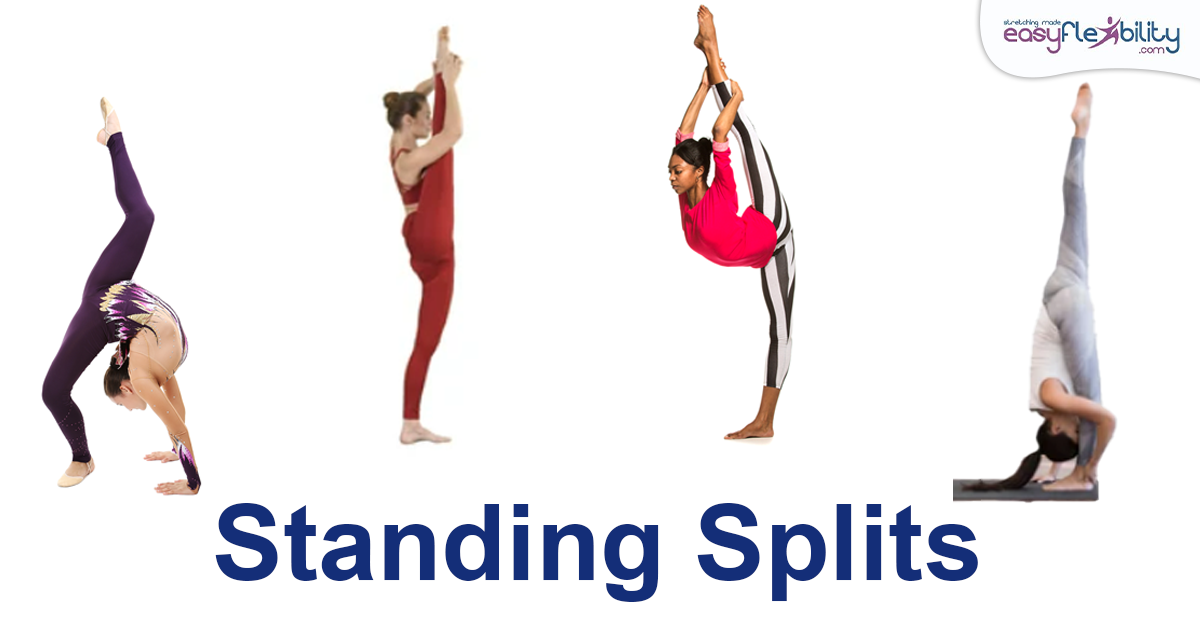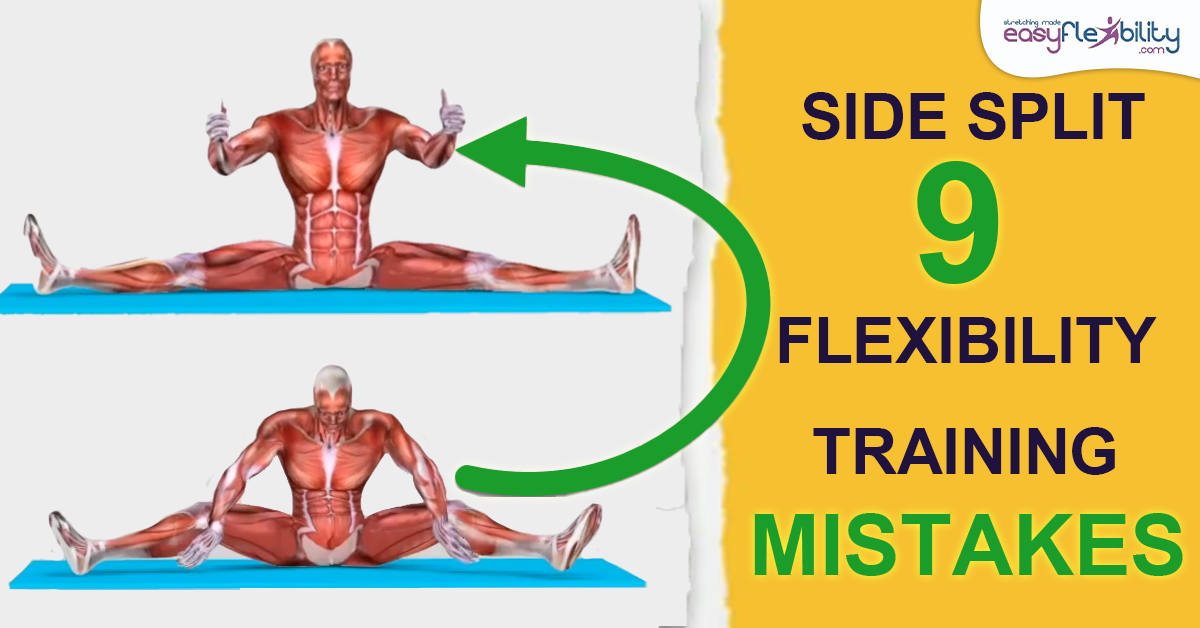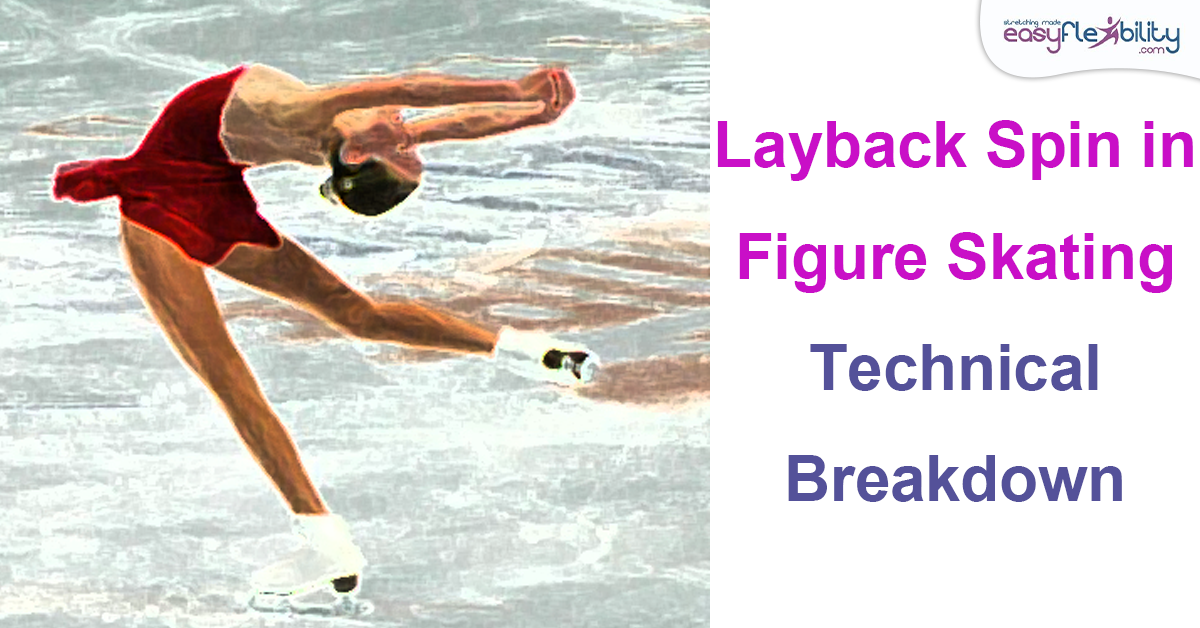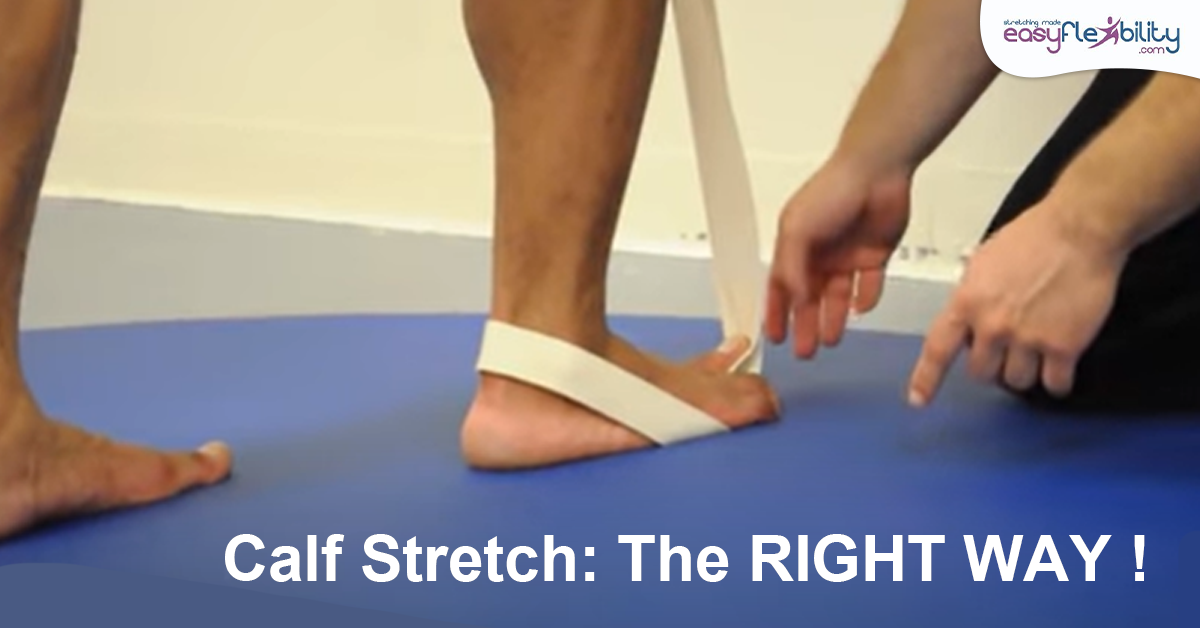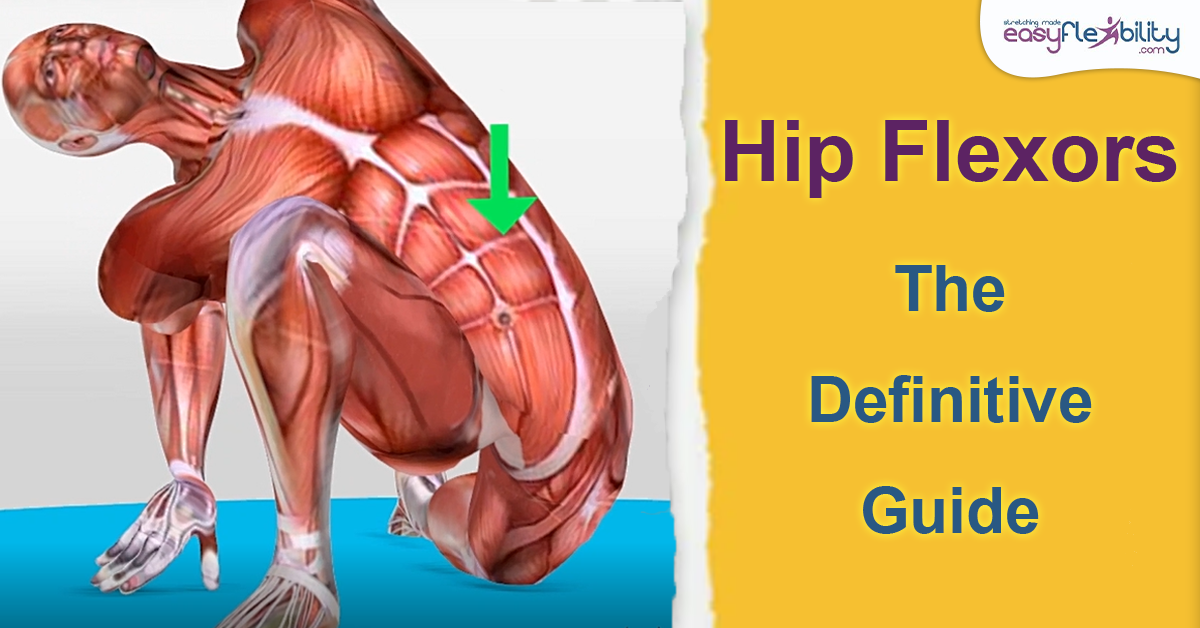Does squatting work hamstrings?
Posted by Paul Zaichik on
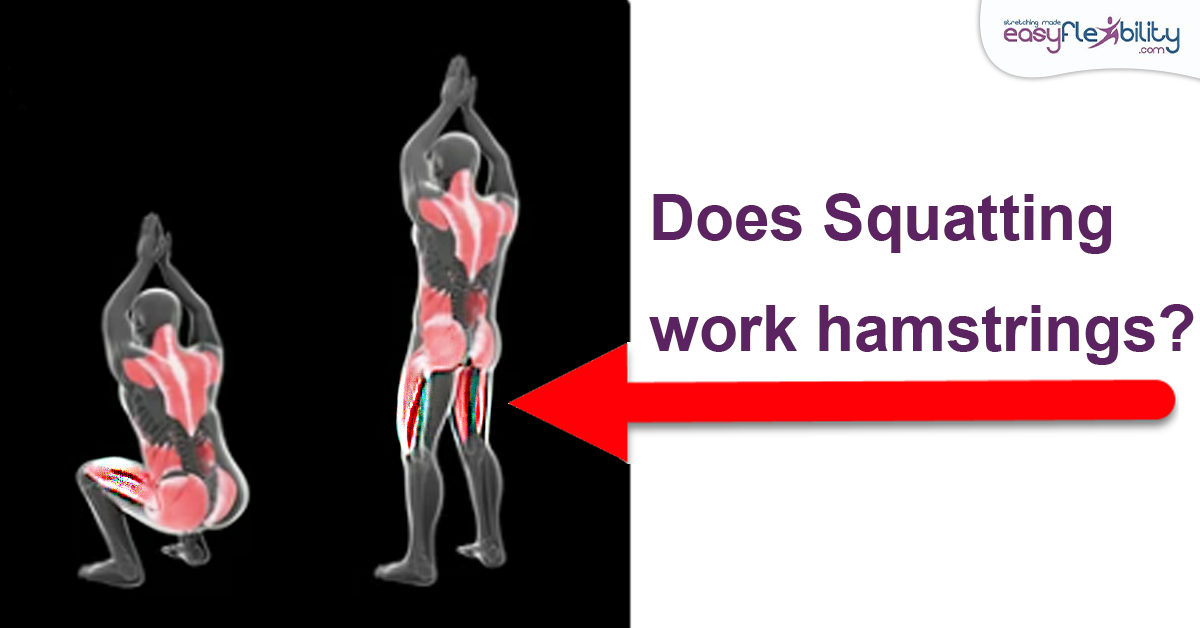
It depends on what kind of squat you do.
Does squatting work hamstrings? The short answer is: It depends on what kind of squat you do. How flexible your ankles are when doing a squat. Do the heels stay on the ground during the squat? And how vertical is your torso while doing a squat? Interestingly enough, this was one of the questions that my professor has asked us back when I was in College. Some students said, yes, the squatting work the hamstrings. And some said, no, squatting does not work the hamstrings.
Based on Kinesiology, there is involvement of the hamstrings in a squat.
From a purely kinesiological point of view, there has to be an involvement of the hamstrings in the squat because hamstrings are extensors of the hip. They are also flexors of the knee and are rotators of the knee. Hamstrings also assist with other actions. But, bottom line, if they are the extensors of the hip and a squat is an extension of the hip, the hamstrings should work when you perform a squat that is from purely kinesiological point of view when talking about muscle actions. For full partial squat biomechanics can be seen in this article.
Based on practicality: How muscles work with each other and in different ranges should be examined.
From a practical point of view, there are conditions and there are also different concepts of how muscles work with each other and in different ranges should be examined. I've done squats. I'm sure you have done squats. I have never had sore hamstrings after a squat. I had sore hamstrings after a stiff leg deadlift or after leg curls. Whether I did it standing, on a machine or bodyweight but never have I had sore hamstrings. Does that mean that the hamstrings don't work during the squat, or does it mean that they are not the primary muscles targeted?
Hamstrings Flexibility Combo
Hamstrings Flexibility is easy to develop if you are doing it properly. And very difficult to develop if you are not. There are several reasons for this. One being, the fact, that hamstrings stretching is not a one linear type of stretch that fits all the needs of people looking for hamstring flexibility. Try our Hamstrings Flexibility Combo. You can select any of the levels that suit your needs or you may be interested in getting all our hamstrings programs.
The Role of Reciprocal Inhibition
Another important concept to keep in mind is reciprocal inhibition. Since quadriceps are targeted, shouldn't the hamstrings be inhibited Well, the hamstrings will definitely be inhibited as flexors of the knee. Because if they are not inhibited you will never push yourself up from a squat. But the hamstrings may not be inhibited as the extensors of the hip. However, even the partial inhibition against the primary movers will make things a lot less significant in a squat.
The squat and the hip extension ranges.
Just because a muscle is a hip extensor or a hip flexor, it doesn't mean that it acts all the way through. Some muscles are better positioned to act in the beginning of hip extension. For example, if your leg is pulled into your chest and your quadricep is touching your torso and you try to extend your hip from there, that is not the range where your glutes would be most active. Your hamstrings and your adductors would be more active.
Let's take shoulder as an example. If your arm is all the way over your head and you want to bring it forcefully down and back and you're trying to work your lower chest using that movement like a pullover exercise. The chest will be active in the beginning of that movement, but once your arm comes down and goes behind, your chest is no longer active there. Your posterior Deltoid will take over. Although the primary action of posterior deltoid is horizontal extension and not hyperextension of the shoulder.
Let's take shoulder as an example. If your arm is all the way over your head and you want to bring it forcefully down and back and you're trying to work your lower chest using that movement like a pullover exercise. The chest will be active in the beginning of that movement, but once your arm comes down and goes behind, your chest is no longer active there. Your posterior Deltoid will take over. Although the primary action of posterior deltoid is horizontal extension and not hyperextension of the shoulder.
Body Position and its effect on hamstrings during the squat.
Body Position and how that affects the hamstrings during the squat. The more vertical your body stays; the more quadriceps will do the work and less of the hamstrings will do the work.
How do you keep your body vertical during a squat? Well, you can lift your heels if you perform that type of squat. Not everyone does. You can place your heels on a plate or on a two by four, or if you have very flexible ankles, as some people do, this will allow you to lean forward less and stay more vertical and take the pressure off the hamstrings and put them onto your quadricep.
How do you keep your body vertical during a squat? Well, you can lift your heels if you perform that type of squat. Not everyone does. You can place your heels on a plate or on a two by four, or if you have very flexible ankles, as some people do, this will allow you to lean forward less and stay more vertical and take the pressure off the hamstrings and put them onto your quadricep.
Do you want the squats to work the hamstrings? Or do you NOT want the squats to work the hamstrings?
Some of the people that have asked me this questions "Does squatting work the hamstrings?" My response usually is to ask this question in return "Do you want the squats to work the hamstrings? Or do you not want the squats to work the hamstrings?
If you have a hamstrings injury and are concerned that squatting will injure your hamstrings even more. Or you wish to eliminate the chance of injury, your options are to do the lifted heel squats as described above.
If are you concerned for your knees, then you can do the squats partially, only to the point where your knees don't go too much forward. So, it would be a partial squat and you will keep your body vertical. Another option is the knee drops. Of course, you can work on leg extensions on a machine. This way you're working on your quadriceps.
However, if you do have an injury to the hamstrings, you have to be careful because if you don't have flexible enough hamstrings, you will pull them and irritate them when your body is vertical and your leg is perpendicular to your body at the full extension of your knees, if you sit in on a leg extension machine.
If you do want to work on your hamstrings. And if you want to get your hamstrings more engaged in a squat, you can bring your torso more forward during the squad. And not keep it as vertical as possible. Or you can simply do hamstring specific exercises such as stiff leg deadlifts and hamstring curls.
On the other hand, if you're looking for a depth in your squat and you think that some muscles are getting in the way of it. You can try our unique squat program, which develops flexibility and range of motion in all the muscles that are needed to do a proper squat.
If you have a hamstrings injury and are concerned that squatting will injure your hamstrings even more. Or you wish to eliminate the chance of injury, your options are to do the lifted heel squats as described above.
If are you concerned for your knees, then you can do the squats partially, only to the point where your knees don't go too much forward. So, it would be a partial squat and you will keep your body vertical. Another option is the knee drops. Of course, you can work on leg extensions on a machine. This way you're working on your quadriceps.
However, if you do have an injury to the hamstrings, you have to be careful because if you don't have flexible enough hamstrings, you will pull them and irritate them when your body is vertical and your leg is perpendicular to your body at the full extension of your knees, if you sit in on a leg extension machine.
If you do want to work on your hamstrings. And if you want to get your hamstrings more engaged in a squat, you can bring your torso more forward during the squad. And not keep it as vertical as possible. Or you can simply do hamstring specific exercises such as stiff leg deadlifts and hamstring curls.
On the other hand, if you're looking for a depth in your squat and you think that some muscles are getting in the way of it. You can try our unique squat program, which develops flexibility and range of motion in all the muscles that are needed to do a proper squat.
Squat Strength & Flexibility
Squat is the most fundamental movement a human body can do. Hundreds of articles and books speak of how modern civilization has taken away our ability to squat properly. As a fundamental movement everyone should have a mastery of it. While most athletes use it as conditioning tools, some disciplines such as power lifting and Olympic lifting compete in this technique.
The EasyFlexibility Squat Depth Flexibility Training Program is the most requested program there is on squats and we welcome you today to try it for yourself and see how fast, easy and safe you too can master your squats!
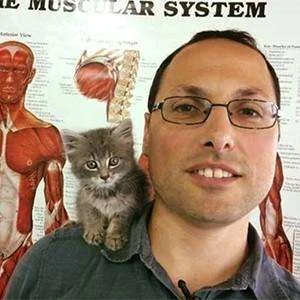
About the Author:
Paul Zaichik is an Exercise Science Expert, author of multitude of books, and the creator of Zaichik Stretching Technique (formely known as Kinesiological Stretching Technique). His speciality is flexibility training as well as body weight conditioning. His innovative method is designed to have maximum carry over into specific athletic techniques. Paul is the author of books and DVD’s on the topic of flexibility, martial arts and bodyweight training. Over the years, Paul Zaichik has worked with a variety of individuals including athletes, entertainers, and military personnel. His ElasticSteel Method of Athletic Conditioning programs, EasyFlexibility Programs and Zaichik Stretching Techniques are used world wide by both professional and amateurs with great success.
© ElasticSteel Corp., EasyFlexibility, Paul Zaichik, et. El., 2022. No part of the materials available through ElasticSteel.com, EasyFlexiiblity.com, site may be copied, photocopied, reproduced, translated or reduced to any electronic medium or machine-readable form, in whole or in part, without prior written consent of Paul Zaichik EasyFlexibility.com, Elasticsteel.com.. Any other reproduction in any form without the permission of Paul Zaichik EasyFlexibility.com, Elasticsteel.com is prohibited. All materials contained on this site are protected by United States copyright law and may not be reproduced, distributed, transmitted, displayed, published or broadcast without the prior written permission of Paul Zaichik, EasyFlexibility.com, Elasticsteel.com.
Share this post
- 0 comment
- Tags: easyflexibility, flexibility, Hamstring Flexibility, hamstrings, how to get flexible fast, lateral hamstrings, squat, Training Flexibility
0 comment

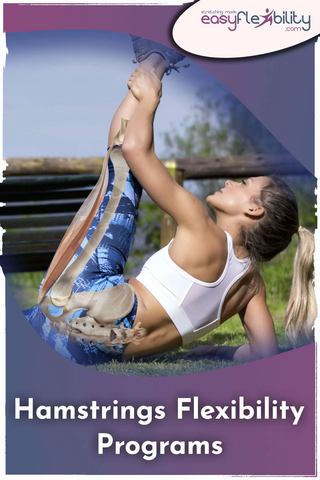
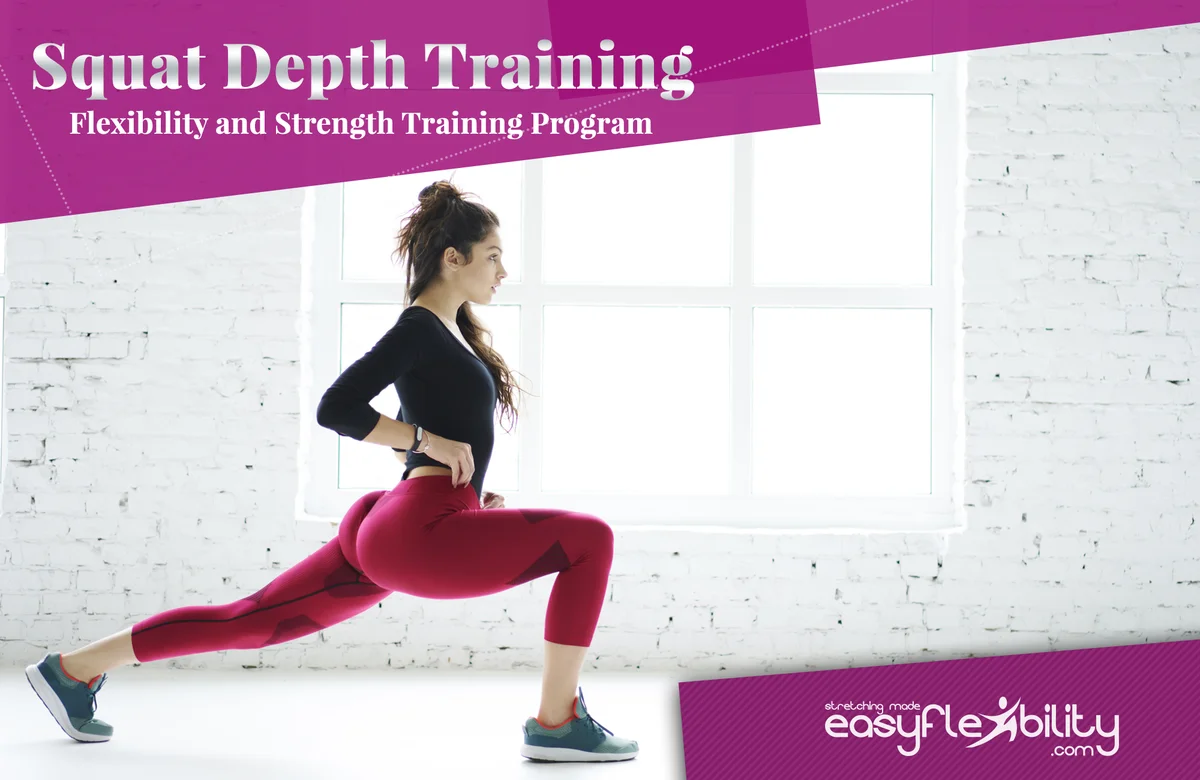

![Flexibility Training Program: Is it most beneficial standalone or with other fitness activities? [Case Study]](http://www.easyflexibility.com/cdn/shop/articles/336650424_545202031087374_5213276437981439590_n.png?v=1679586503)
